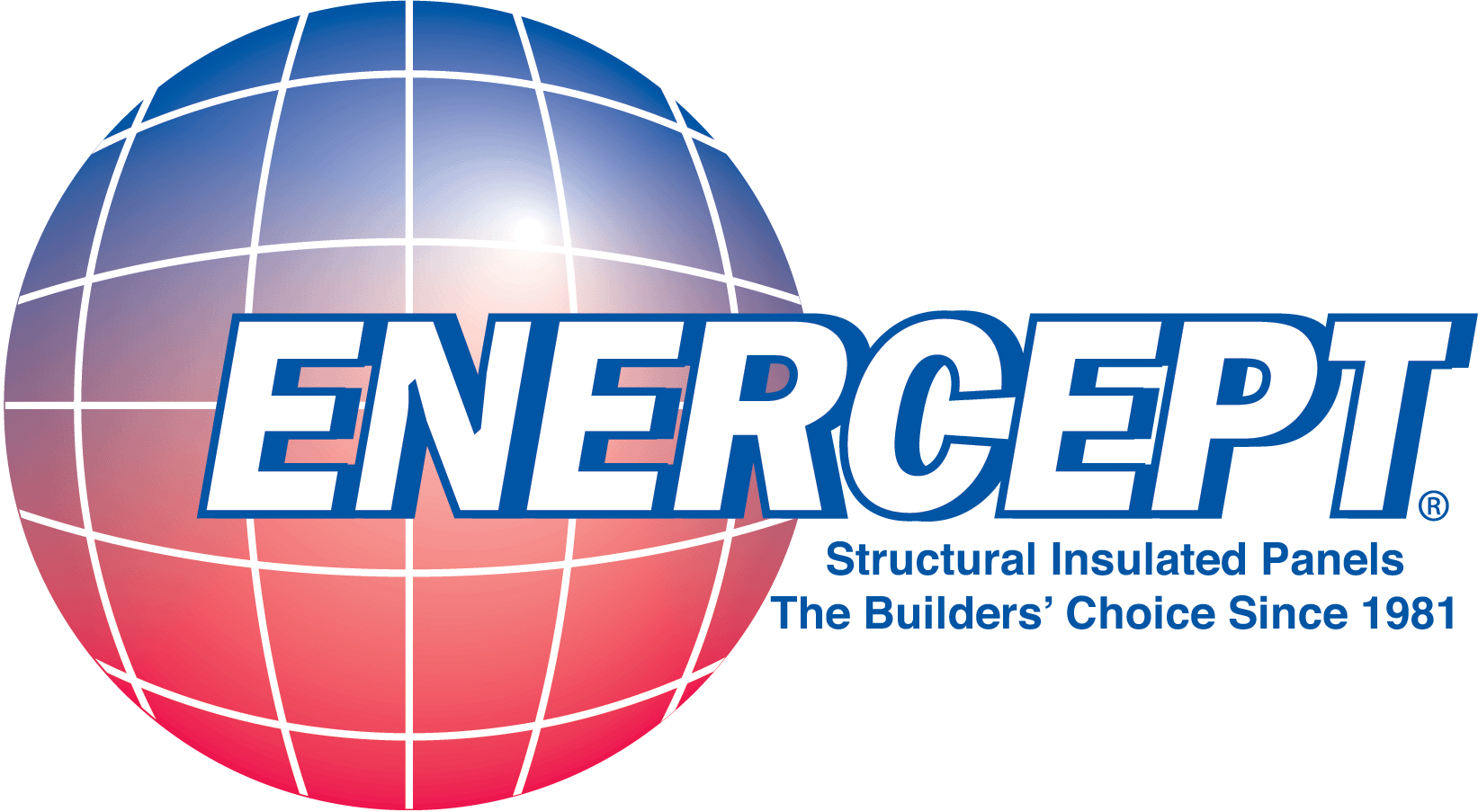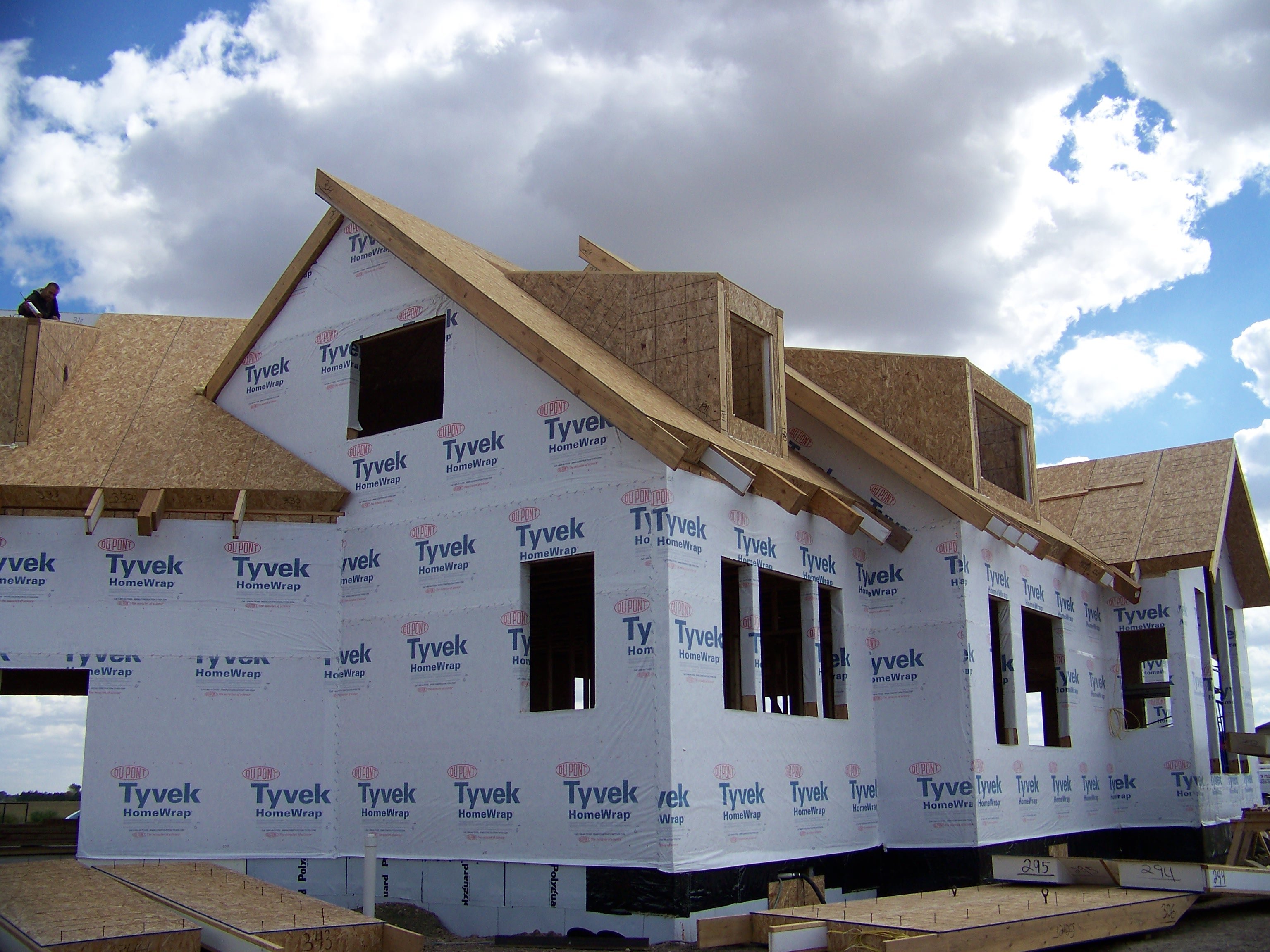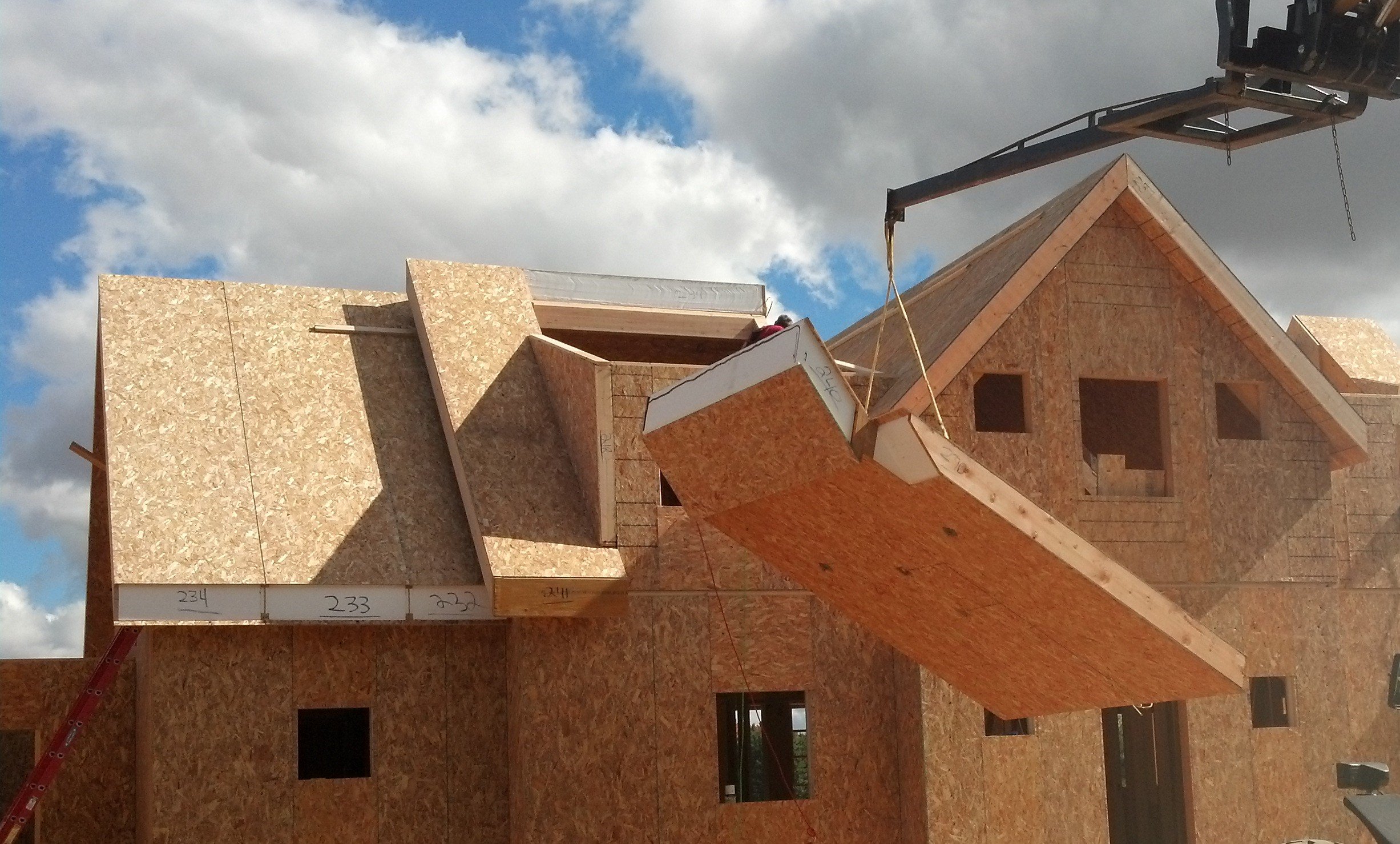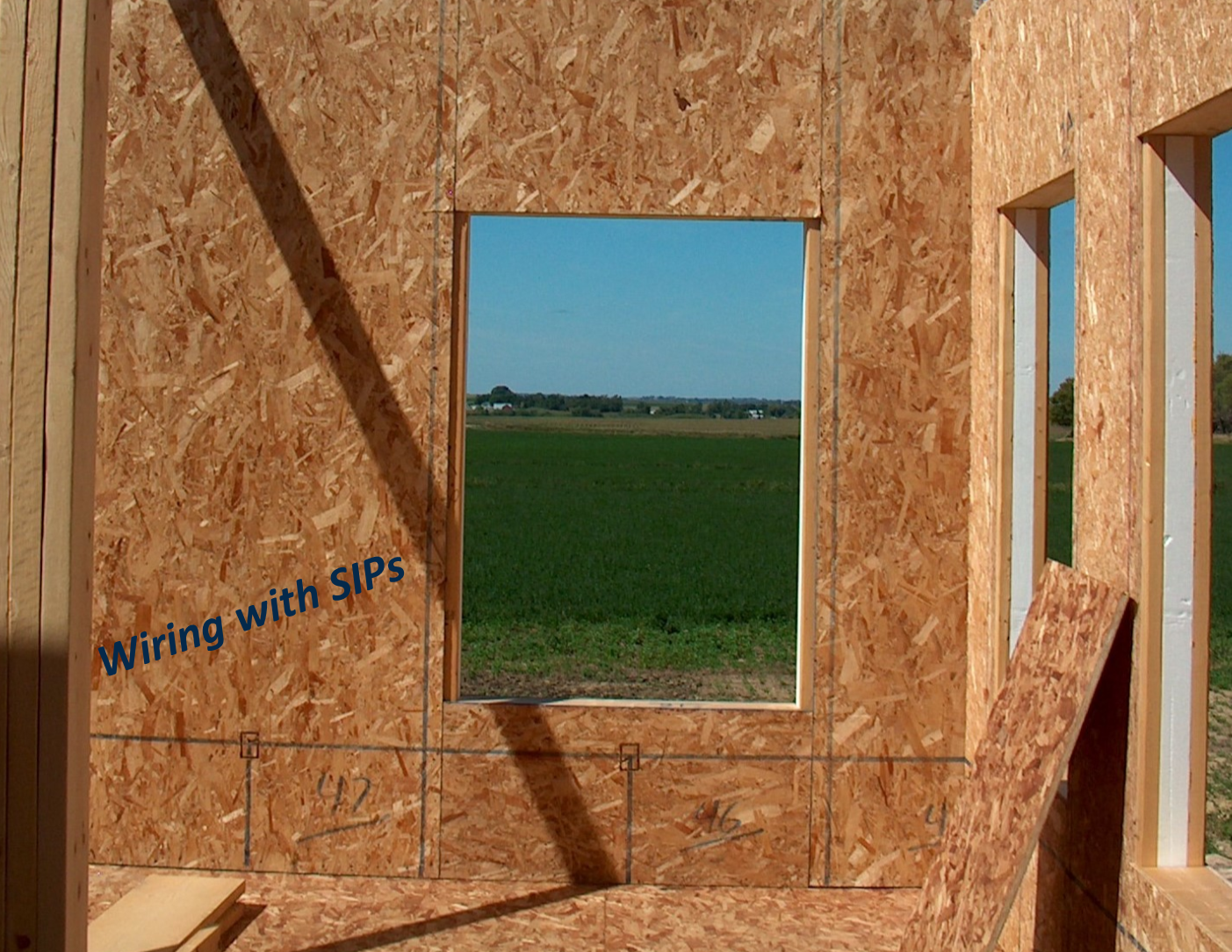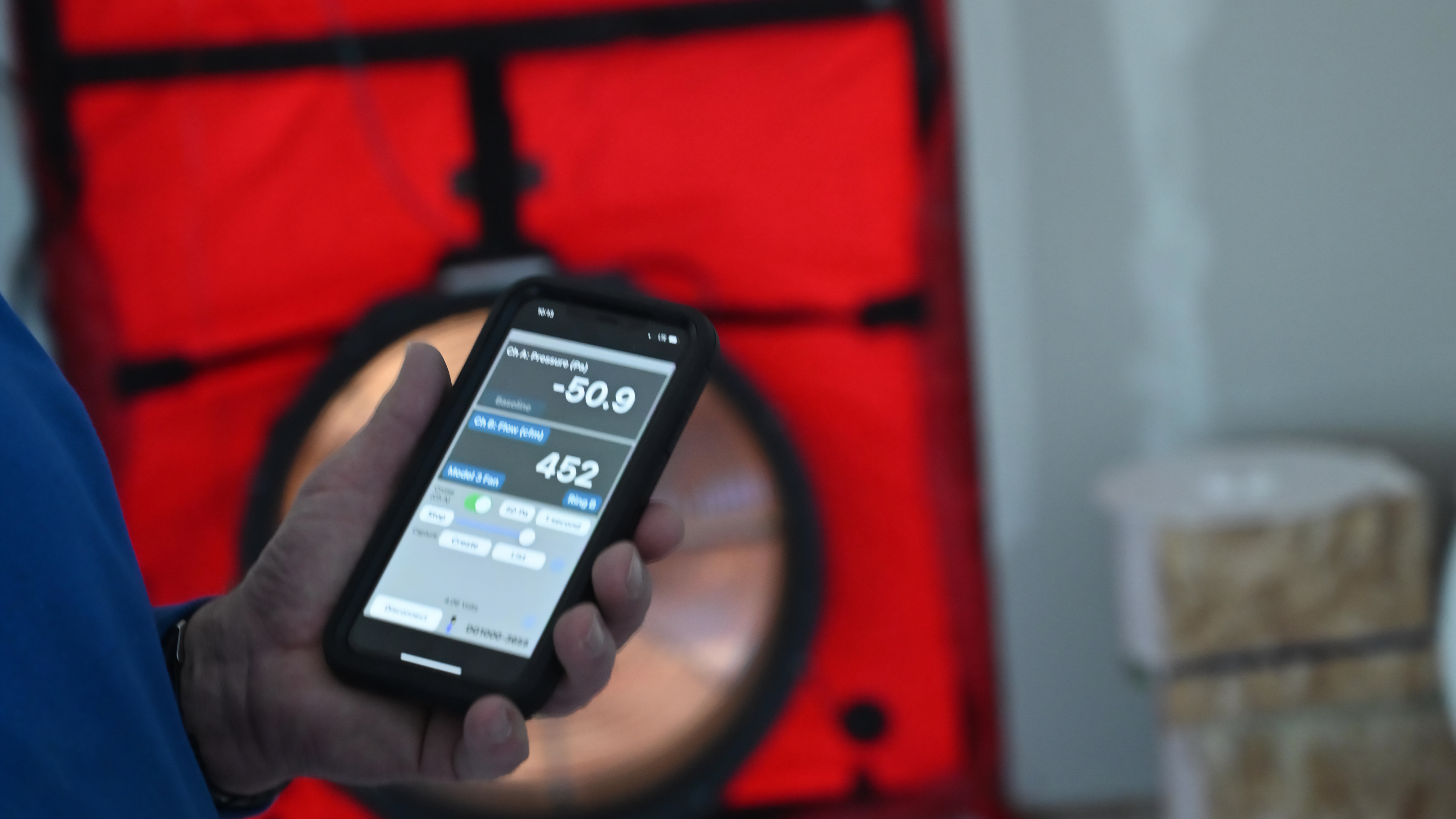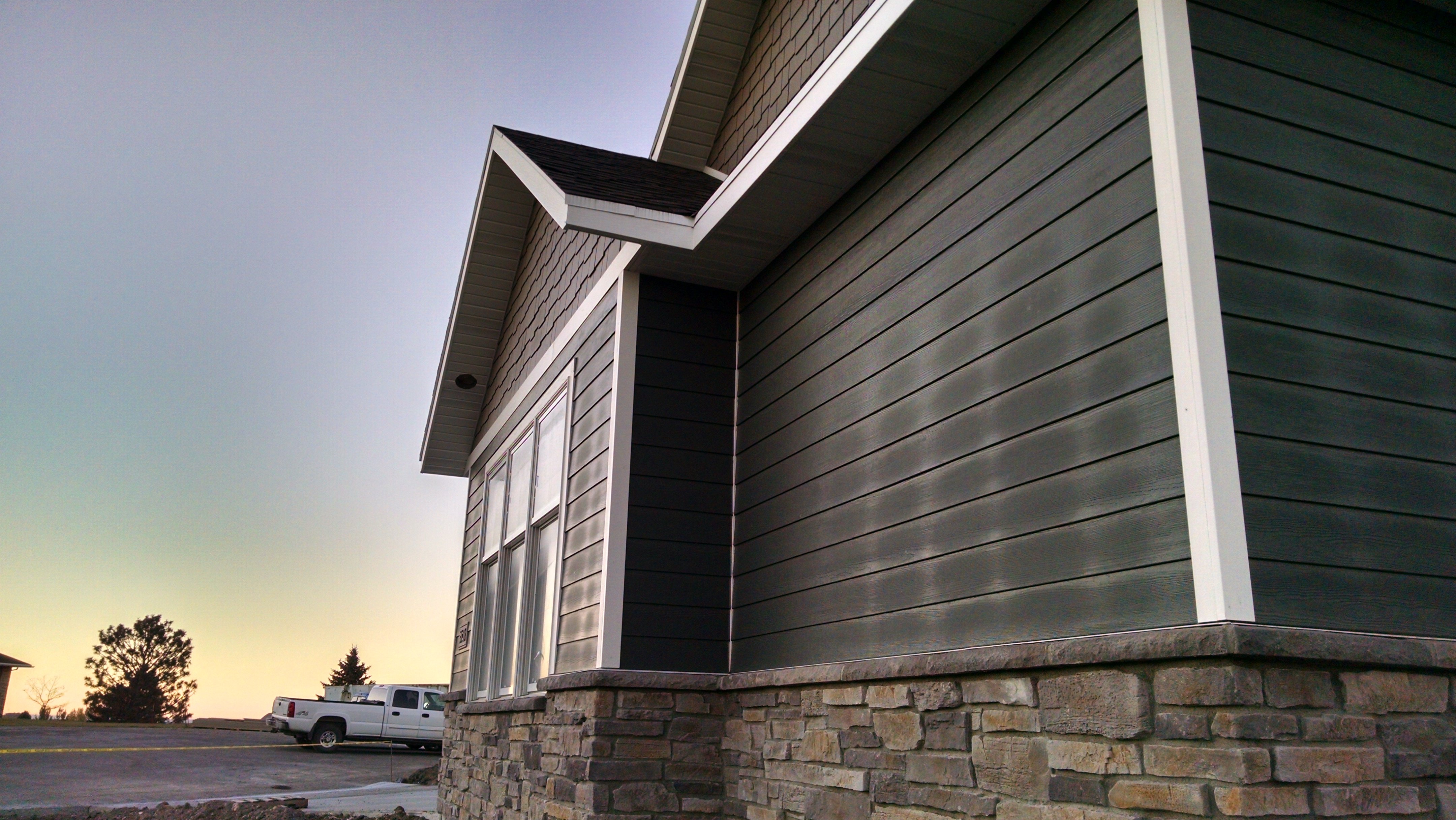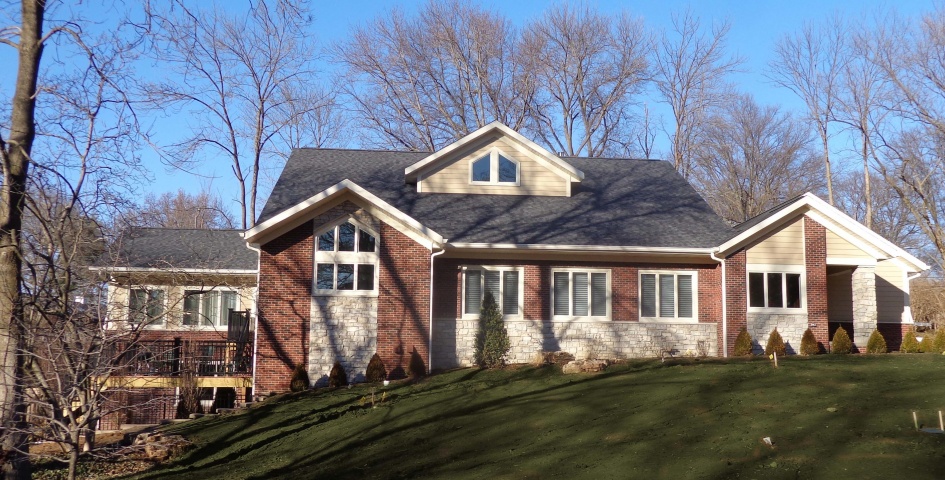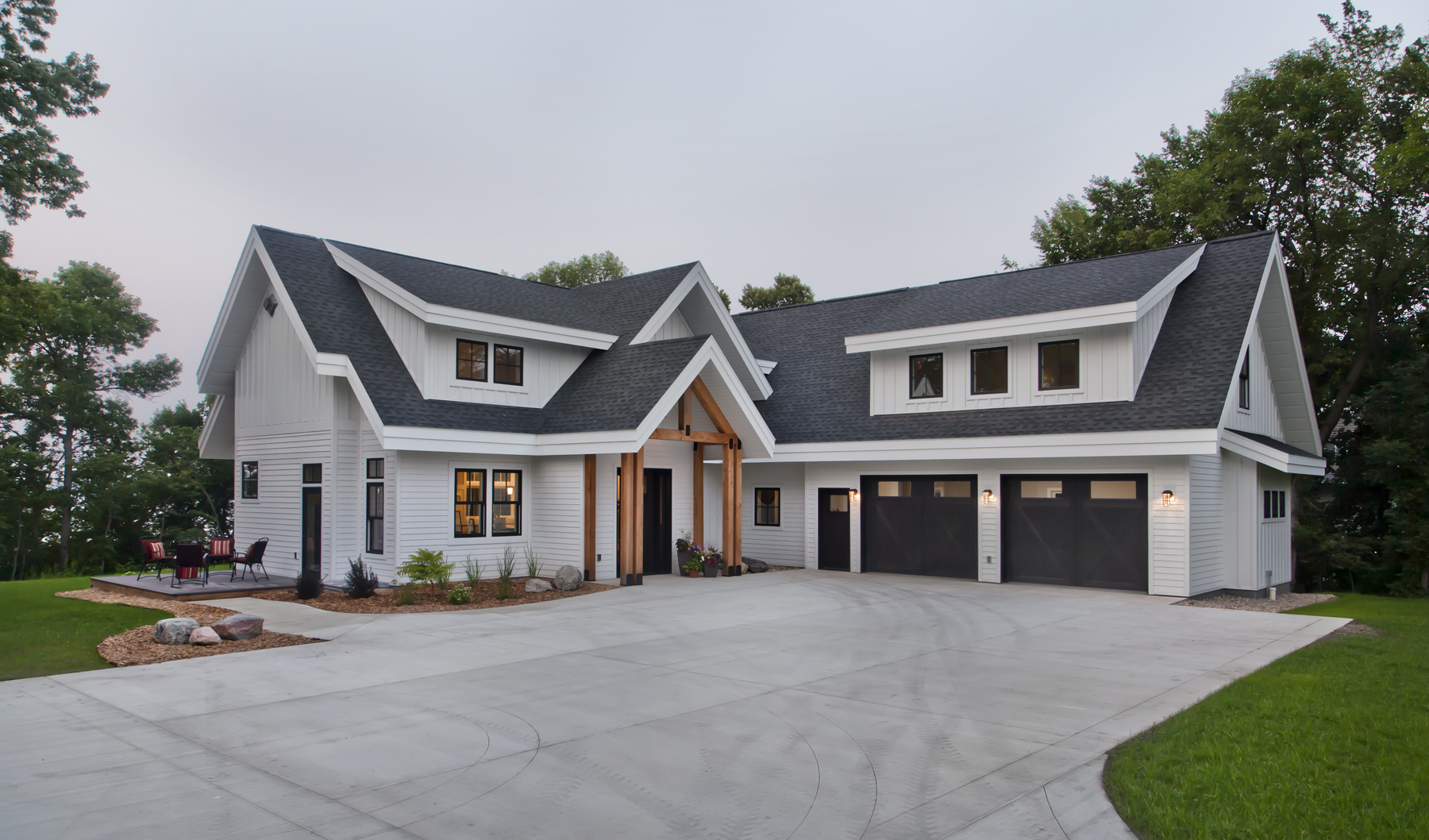The Path to Net Zero Energy Homes
The Home Energy Rating System (HERS) Index is the industry standard by which a home's energy efficiency is measured. Developed by the Residential Energy Services Network (RESNET), the rating lets you know how well a home performs energy-wise and is the nationally recognized system for inspecting and calculating a home's energy performance. The lower the score, the better.
According to the U.S. Department of Energy, a typical resale home scores 130 on the HERS Index while a home built to the 2004 International Energy Conservation Code is awarded a rating of 100.
- A home with a HERS Index Score of 70 is 30% more energy efficient than the RESNET Reference Home.
- A home with a HERS Index Score of 130 is 30% less energy efficient than the RESNET Reference Home.
According to the Structural Insulated Panel Association, there were over 2,000 homes in the United States receiving a HERS Index of 40 or less in 2017. Colorado leads the way with 502 homes below 40. How low can you go with SIPs construction?
The Enercept Home pictured here and located in Divide, Colorado, has a HERS Index of 19. 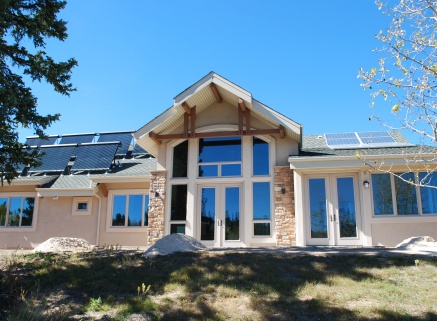
While this is well under the HERS 40 threshold, it still has quite a way to go before reaching net-zero standards.
Zero Energy Project.org cites 11 integrated steps to achieve affordable Zero Energy Home Construction:
- Start with Smart Design
- Use Energy Modeling
- Super-Seal the Building Envelope
- Super-Insulate the Building Envelope
- Heat Water Wisely
- Use Highly Insulated Windows and Doors
- Use the Sun for Solar Tempering
- Select an Energy-Efficient Heating and Cooling System
- Install Energy Efficient Lighting
- Select Energy Efficient Appliances and Electronics
- Use the Sun for Renewable Energy
As you can see, building with super energy-efficient structural insulated panels can play a big role in achieving a tight building envelope. The superior insulating quality of the solid foam core creates an air tight envelope with little or no thermal bridging. When combined with the other measures listed above, it is easy to imagine how easy it would be to go low ... to go Net Zero.
In this video Ted Clifton explains building to Net Zero Energy very well:
